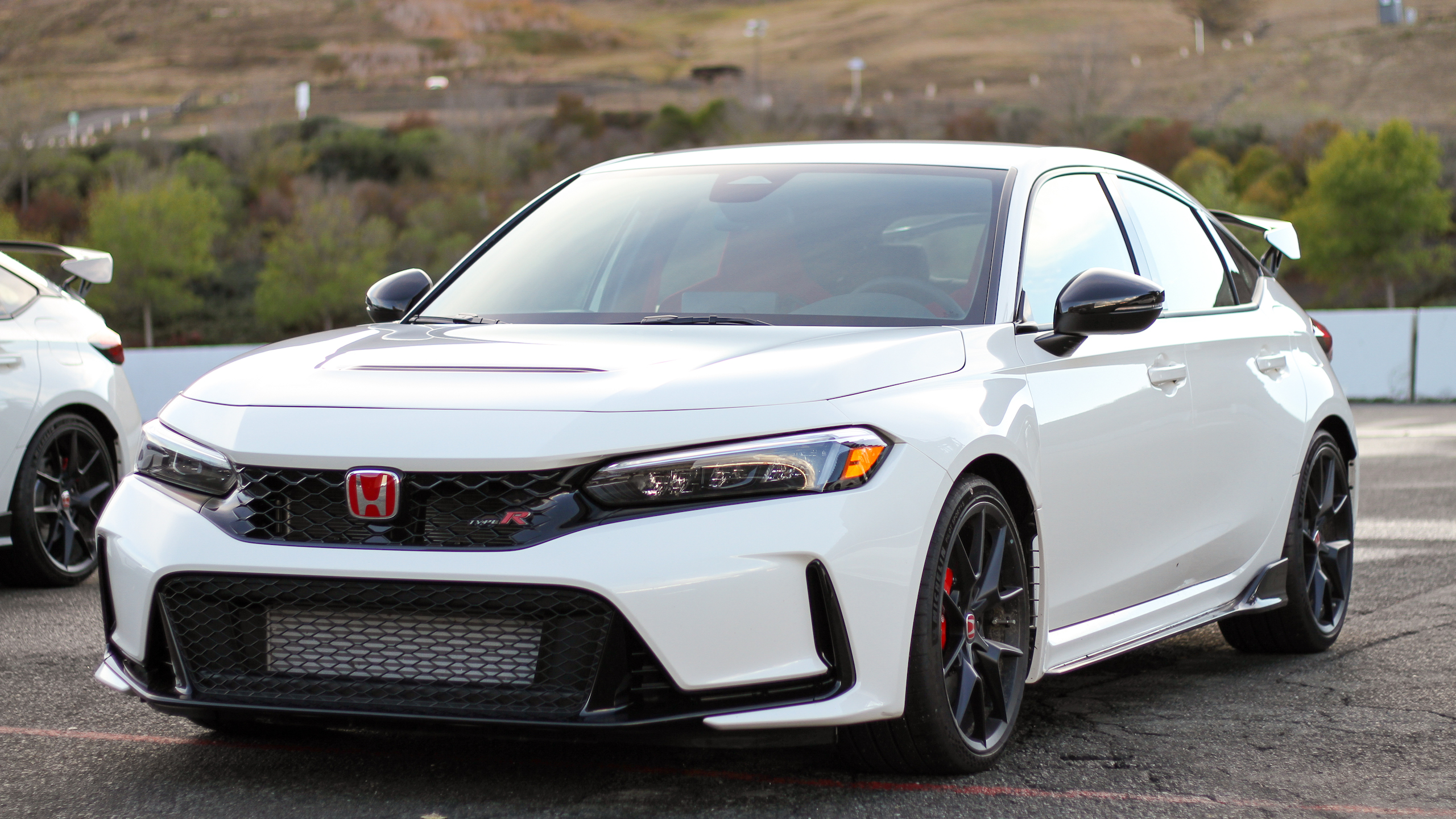We may earn revenue from the products available on this page and participate in affiliate programs. Learn more ›
The weather app promised that the rain would let up by the time we got to Sonoma Raceway, but Mother Nature had other plans. I had traveled across an entire continent to drive the tires off of the wholly fantastic 2023 Honda Civic Type R on the California racetrack—the layout of which is vaguely reminiscent of a bottle opener—but found myself cooped up in the facility’s media center, watching the deluge outside grow stronger by the minute.
The original lapping schedule was shot. This car’s optional Michelin Pilot Sport Cup 2 track tire would be a non-starter, and even if the rain stopped immediately, any laps done that day would have to be dialed back in intensity. I’m going to be honest: I was mad. Not at Honda, of course, or at the annoyingly temperamental weather. But rather, I was mad at God. Why hath thou forsaken me? I asketh for so little.

“It’s just a car,” one might argue. But it isn’t just a car, now, is it? It’s the new Civic Type R. An actually-attainable performance car we’ve been waiting to drive since the first spy shots hit the internet way back in 2020. Thankfully, the track eventually dried up enough for us to have a semi-proper go and, turns out, the new Type R lives up to the hype. It’s epic.
2023 Honda Civic Type R Review Specs
- Base price (as tested): $43,990 ($44,385)
- Powertrain: 2.0-liter turbo-four | 6-speed manual transmission | front-wheel drive
- Horsepower: 315 @ 6,500 rpm
- Torque: 310 lb-ft @ 2,600-4,000 rpm
- Curb weight: 3,188 pounds
- Seating capacity: 4
- Cargo volume: 24.5 cubic feet
- EPA fuel economy: 22 mpg city | 28 highway | 24 combined
- Quick take: The new Civic Type R irons out the (very few) kinks and enhances the virtues of the old one, making it a near-perfect hot hatch.
- Score: 9.5/10
A bit of background first. Based on the current generation of Civic Hatchback, the new Type R takes everything that made the old Type R great and makes it, well, even greater. The 2.0-liter turbo-four under the hood is the same except now it makes nine extra horsepower and 15 additional lb-ft of torque for a total of 315 hp and 310 lb-ft. A six-speed manual is still the only transmission option and gets shorter throws, a base made of die-cast aluminum instead of plastic, and other minor tweaks for an even better shift feel.



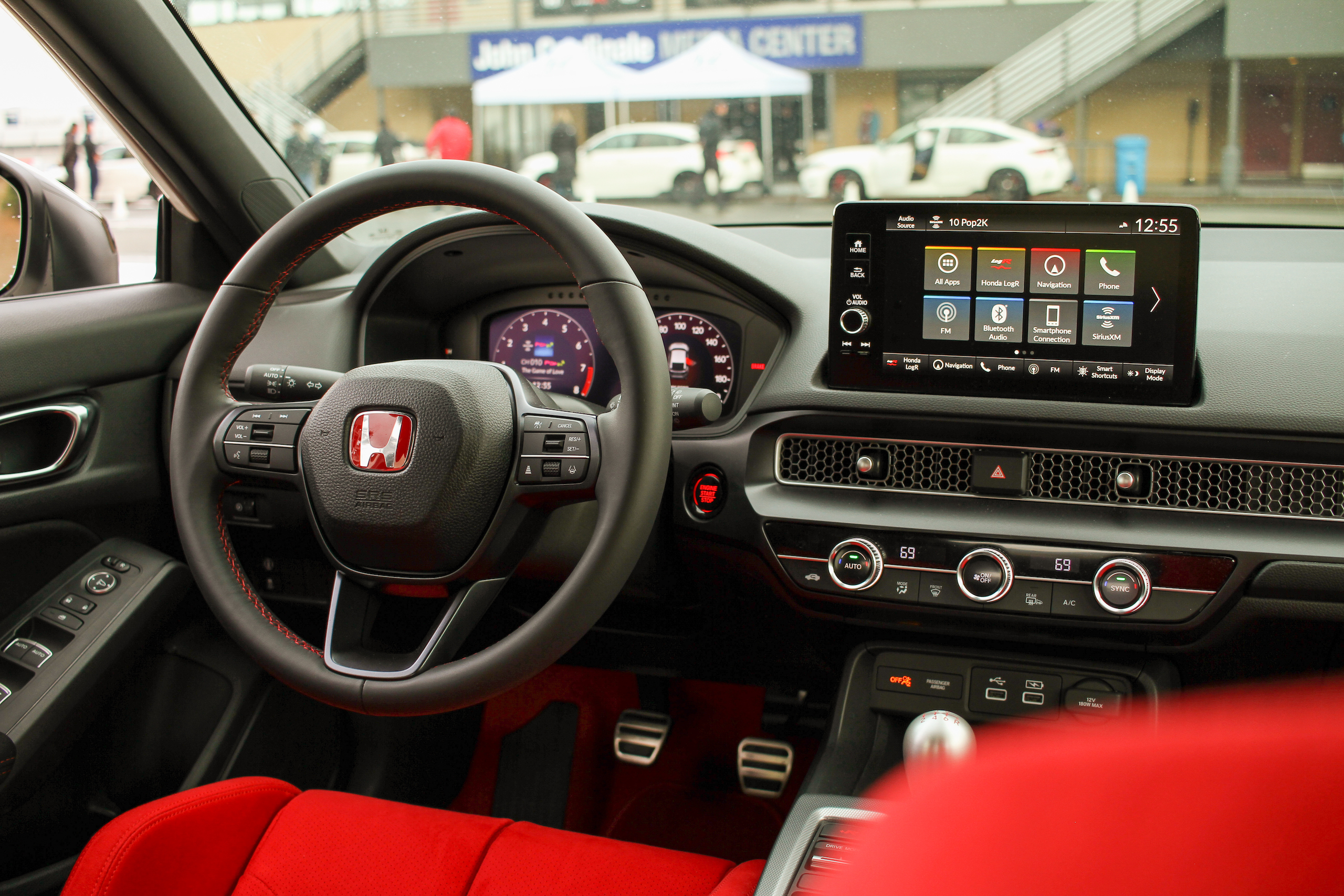
A flywheel that’s 18% lighter than the old one means auto rev matches happen 10% quicker and contributes to better throttle response. Steering feel benefits from new, more rigid components while a retuned version of the outgoing R’s miracle-worker dual-axis front suspension and mechanical limited-slip diff both return to make mincemeat out of hairpins. Rear torsional rigidity is up 15%. The wheelbase measures 1.4 inches longer this time around, but the tracks are wider by about an inch while the car is half an inch shorter in overall height.
Style-wise, things are much less jagged than before, but that doesn’t mean the Type R’s appearance has gone completely soft. There’s a GT-style wing that’s all black—less visually obvious to casual observers but, to those in the know, arguably cooler than the old car’s bar table spoiler. Satin black wheels are sharper-looking than the old car’s glossies, and the body is swollen in all of the right places. That swelling is done with properly bespoke bodywork, too, none of that tacked-on stuff; the only body panels shared with the regular Civic Hatchback here are the front doors and the roof.



Inside, things are just as agreeably attractive and well thought-out. The vanilla Civic’s minimalist interior gets red seats, red carpets, red seat belts, and the same aluminum shift knob from the old Type R. A numbered plaque sits on the honeycomb grille while a new, S2000-esque theme for the digital instruments is tied to this car’s most extreme +R driving mode. Speaking of drive modes, there is now a customizable Individual mode that lets you pair, say, comfort suspension with sport throttle response, fixing one of the only qualms I had with the outgoing car.
Driving the Honda Civic Type R
On the Street
Just like the last version, Honda’s new hot hatch shines brightest in the corners. My day in the Civic Type R started on the marvelously twisty but fairly wet backroads of Napa where the car proved to be an absolute joy. Feeling a lot like the last-gen Type R fused with the virtues of the new-gen Civic, it remains manically capable but benefits from a lighter-feeling, more balanced chassis and better outward visibility.

It also feels slightly softer-edged somehow, although not enough to detract from any of this car’s straight-up addicting backroad performance or excitement. I suspect much of this is due to the smaller 19-inch wheels that allow for a less crashy ride than the rubber band-thin 20s of the old car. The route involved driving over a few railroad tracks and not once did I wince in rim-bending pain.
The driving position and inputs are basically perfect. Honda’s six-speed shifter feels as great as ever—clunky, crisp, just the right amount of heft, even shorter-throw than before—and is paired to one of the most forgiving clutches I’ve ever come across. Auto rev-match continues to never miss and said revs really do feel like they arrive a tad quicker than before, making swapping up and down through the gears a trivial act of gearhead zen.

That turbo’d up 2.0-liter that’s technically mightier than before remains a proper performer on the street. Honda claims a power bump of 9 hp and, appropriately perhaps, I’d be lying if I said it felt like a night-and-day difference over the old engine. Able to pull the front wheels forward with the fervor of a locomotive, gobs of additional power weren’t really something this car ever needed anyway. A new high-flow active exhaust means this new R does sound marginally better, though. Still on the buzzy side but a bit scrappier and rally car-esque this time around, although still not at the rowdiness level of, say, the allegedly-legally-dubious-in-California Hyundai Elantra N or, I suspect, the three-cylinder Toyota GR Corolla.
It all adds up to a riotous backroad weapon of a hot hatch. Dead easy to drive smoothly and quickly, there is little learning curve with any of its core inputs. Steering, throttle, clutch, shifter, all feel like extensions of your being.
On the Daily
As a regular car that you have sit inside and drive to places, it’s pretty great too, although that’s expected considering how good the regular Civics are at just being cars. The extremely red and well-bolstered seats aren’t significantly less comfortable or easy to get in and out of than the seats of a regular Civic—if anything, these might actually be more comfortable. Honda says they’re also 7% lighter than the old Type R thrones while sitting 8 mm lower and offering better support and more breathable fabric. Speaking of fabric, this car has ditched the Alcantara steering wheel in favor of leather. According to chief engineer Hideki Kakinuma, this was done after U.S. customer feedback said the fluffy stuff was too hard to keep clean and tended to fall apart too easily. Go figure.

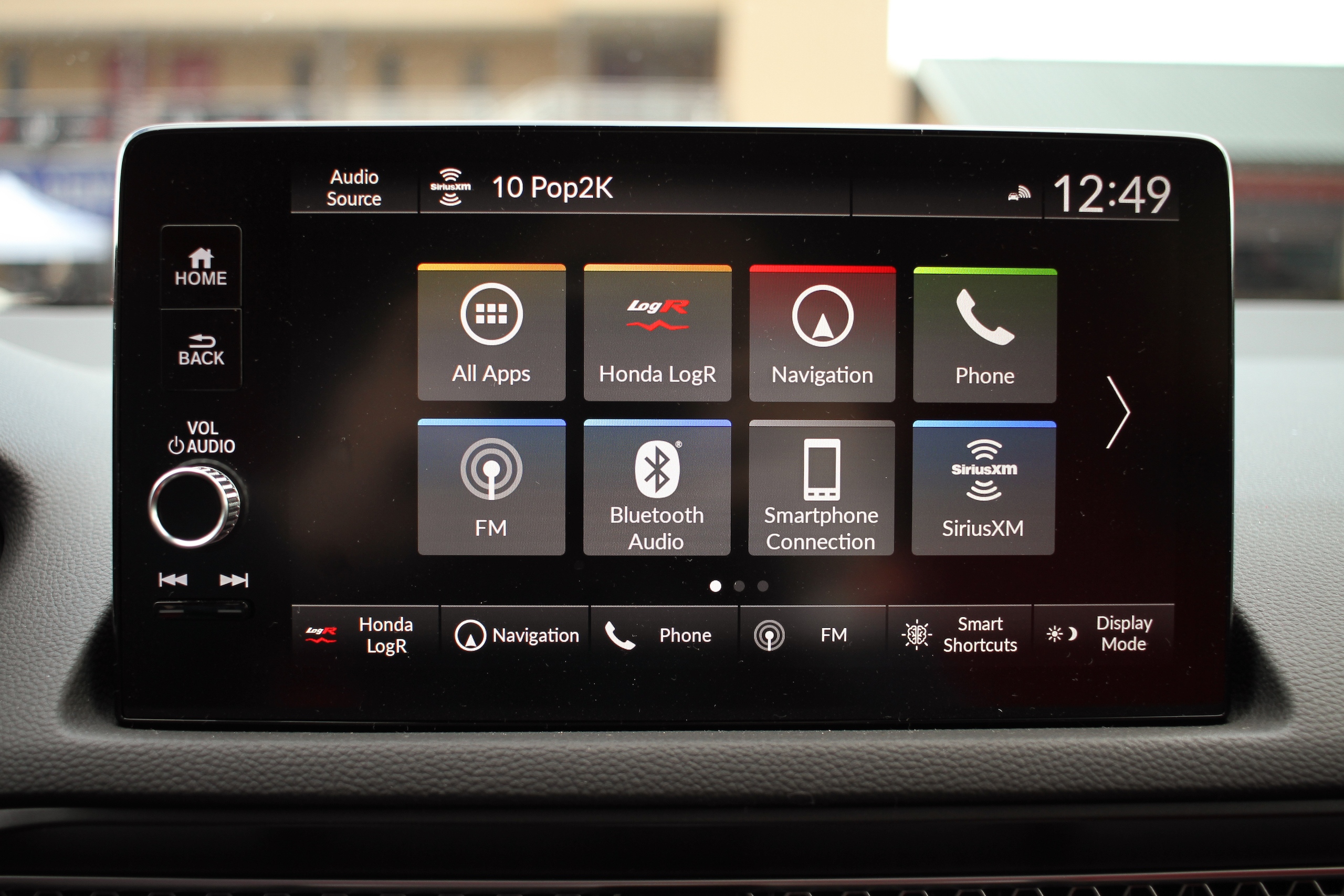
The infotainment system is easy to use, Apple CarPlay is wireless, and there’s a whole lot of room in the back for all your stuff. A low, low cowl and ultra-thin A-pillars mean stellar visibility. Not only does this mean an easier time spotting pedestrians at crosswalks, but it also lends to a lighter-feeling car while hooning, however psychologically that effect may occur. If you see less car, you can’t help but start to believe that there is less car.
For the record, the new CTR tips the scales at a more-than-respectable curb weight of 3,188 pounds. For comparison, the Circuit Edition GR Corolla weighs 3,285 pounds and you’d have to get the hardcore Morizo Edition to get a Toyota hot hatch that’s lighter than Type R (and even then, it’s only lighter by two pounds). Coincidentally, the manual Hyundai Elantra N also weighs exactly 3,186 pounds.
On the Track

It’s one thing to build a car that’s fast and fun on the road. It’s a whole other ball game to do one that holds up on track. But that’s exactly what Honda has done here. Even though the trip to Sonoma started out quite wet, the sun eventually came out and conditions improved enough so that a few semi-dry laps were had. The verdict? Everything that was good with the Type R on the road was simply amplified when being chucked around a track.
Holy hell, can this car move. Stable, engaging, and capable of ridiculous pace, the Civic Type R changes directions like a true champ, with that cheater-mode front axle and those sticky Michelin Pilot Sport 4S tires letting it turn in and power out of corners with alarming levels of urgency. +R mode steering that’s admittedly a little hefty on the street is perfectly weighted for track work. The brakes—four-piston front calipers with improved cooling and a new master cylinder—are strong, easy to modulate and appropriately short-pedaled.

Sonoma’s steep elevation changes and, on this day, damp surfaces from lingering patches of standing water did little to flummox the hopped-up hatchback. The back will step out if the outside wheels get wet and you aren’t careful, but it’s nothing a little countersteer can’t solve.
It does all of this, by the way, without having to beat you up as an occupant or make it feel like you’re about to die all of the time with imminently uncontrollable oversteer. The benefits of well-sorted front-wheel drive: Nothing this car ever does is truly scary, just thrilling.
The Early Verdict
In case you haven’t already gathered, I love the 2023 Honda Civic Type R. I love it even more than I did the old one. It’s more livable than that car in multiple senses. Its handling edges feel a tad more rounded without losing that vital dynamism while the exterior looks markedly classier, and the interior and tech are clear upgrades. If I had to pick something I do miss from the old car, though, it’d probably be the big hood bulge that was visible from the driver’s seat, lending to a more blunt, muscle car-like vibe. The new Type R and its more smoothed-out forehead feel a bit above such nonsense.

And it really does earn that pretension because the agility, the balance, the torque, the tactility remain gloriously first-rate. Clearly made by people who both understand enjoyable driving and happen to be supremely good at their jobs, it is one of the all-time greats. An all-time great Honda. An all-time great automobile. A hot hatch of the highest order.
It’s a more complete, technically capable machine than the Hyundai Elantra N, a whole planet above the comparatively stoic Volkswagen Golf R as both a driving and user experience, and anything but a normal Honda Civic.

Climbing out of my final track session in it, I pulled out my phone per usual but did not open up the Notes app as I regularly do for the purpose of jotting down the impressions you’ve just read in this review. Instead, I fired up the calculator to figure out what a monthly payment on one of these things would be and whether or not I could afford it. That, my friends, is the mark of an outstanding car, and if it weren’t already sold out up here in Canada, I’d have one on order yesterday.
I can’t wait to see what Honda does with the inevitable mid-cycle refresh, mostly because it’ll give me an excuse to drive it on track again. I’m already praying to the heavens that that day ends up being a sunny one.

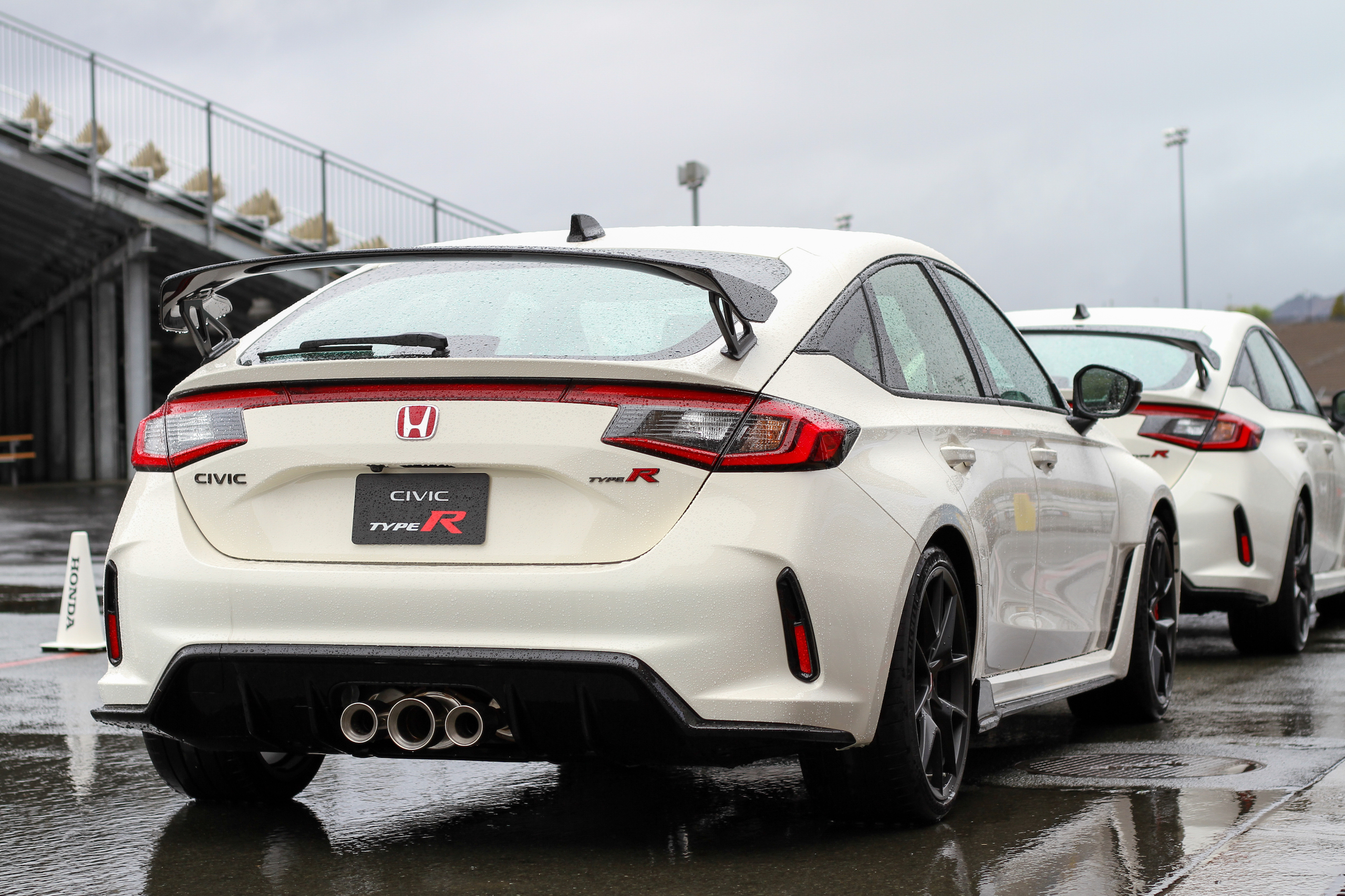


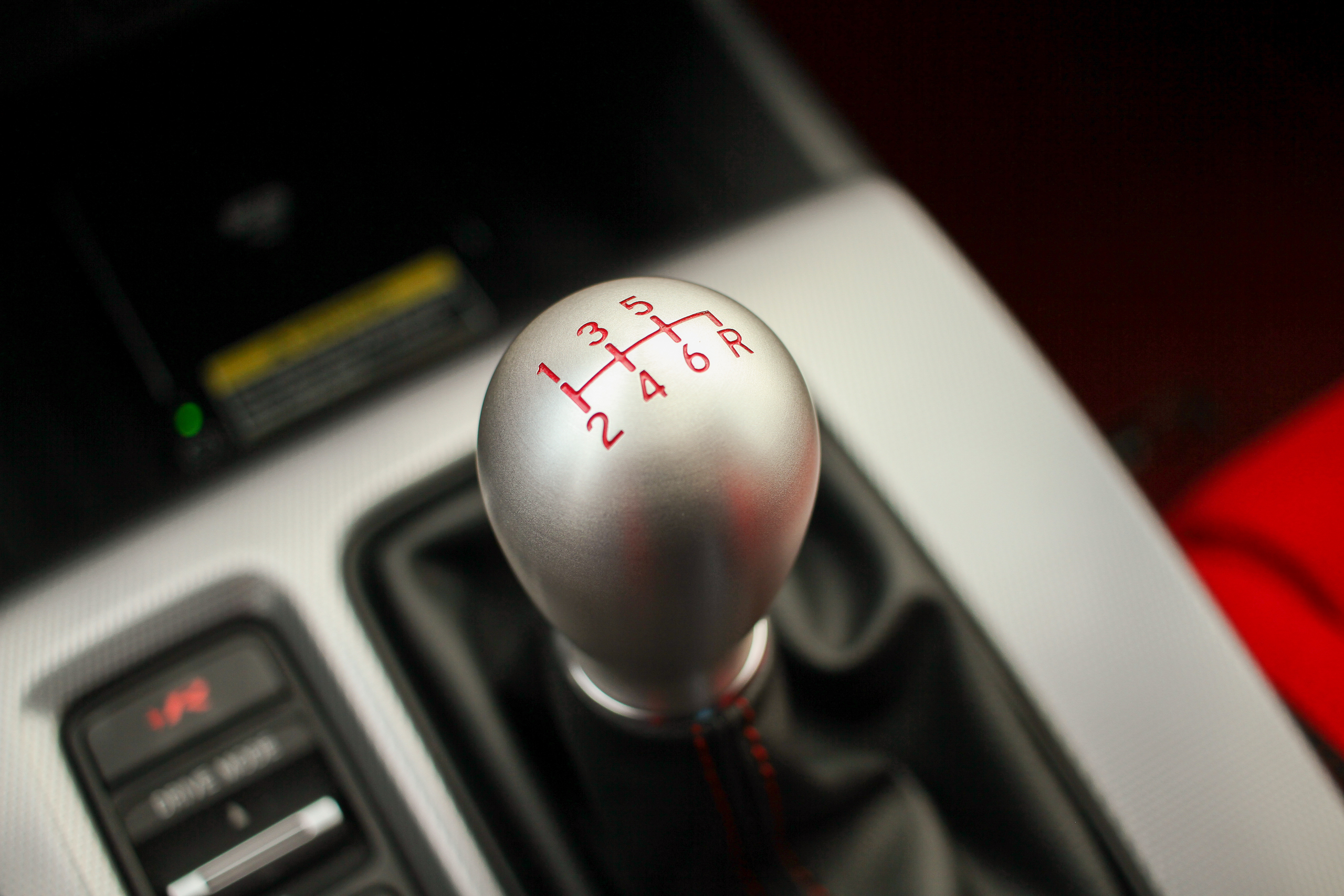

Got a tip or question for the author about the Civic Type R? You can reach them here: chris.tsui@thedrive.com
